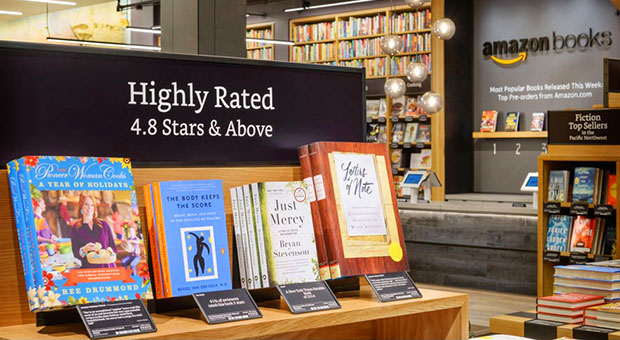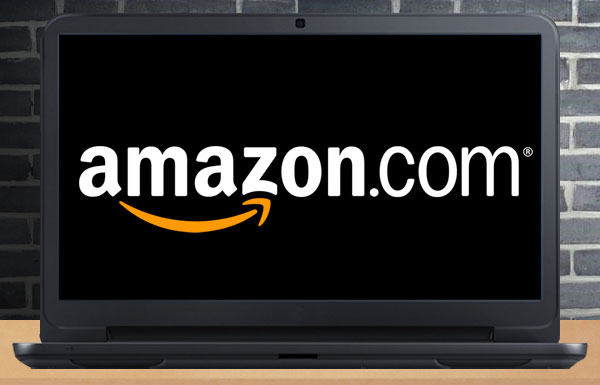Amazon on Monday informed employees of significant improvements to its parental leave policies. It also announced the opening of its first physical bookstore in a letter to customers posted online Tuesday. Both moves no doubt have been in the works for a while, but the timing of the announcements may not be coincidental. Amazon’s image could use some buffing, having become tarnished in the aftermath of sharply unfavorable publicity.
Although Amazon in recent weeks has ridden a wave of positive developments — including a better-than-expected earnings surprise and a major push to expand its rapid delivery service — it seems that lurking in the back of the company’s mind has been whether its own employees, and by extension its reputation, have paid too high a price for success.
Amazon executives have fought for two months to counter media reports depicting the company as an incredibly tough place to work, especially if for those in the midst of raising families. Now reports have surfaced, via a leaked Amazon memo, that the company has implemented a major revision to its family leave policy.
Amazon’s new policy, effective Jan.1, provides up to 20 weeks of paid leave, with the ability to share up to six weeks of leave with a spouse or partner, according to the memo, obtained by the E-Commerce Times. The policy also includes something called the “Ramp Back” program, which allows up to eight weeks of flexible return time for birth mothers. Primary caregivers can work 50 percent to 75 percent over that period.
The policy extends to all full-time and salaried employees, including 100,000 fulfillment and customer service workers, according to the company, which is said to differ from the policies of Best Buy, Target and other companies. The policy also is said to differ from Netflix’s policy, which does not extend to fulfillment workers.
Damage Control
“I wouldn’t suggest that Amazon pursued its new family leave policy purely as a result of The New York Times’ stories on the company’s labor practices,” said Charles King, principal analyst at Pund-IT.
“Those sorts of changes usually take considerable effort to organize and implement through human resources,” he told the E-Commerce Times.
However, the damage control effort by former White House press secretary Jay Carney, who now works as a senior vice president at Amazon, may have magnifed Amazon’s internal policies, King added.
The latest initiatives may be designed — at least in part — to dim the media spotlight on the company’s harsh workplace environment, maintained Tirias Research analyst Kevin Krewell.
“Clearly, Amazon is feeling the heat from the reports of their less-than-ideal labor practices,” he told the E-Commerce Times. “There’s a lot of competition for high-quality employees at the moment, and the negative press could hinder Amazon’s ability to attract top talent. The company needs to change the conversation.”
Whether the conversation actually changes or just reignites with a different spin, it seems that Amazon felt compelled to take some steps to put a new face on its brand image.
“It’s certainly a good public relations move for them,” said Rebecca Wettemann, vice president at Nucleus Research.
“The one benefit that all employees have with social media that we didn’t once have is we can share information pretty quickly about how happy we are at work,” she told the E-Commerce Times.
Amazon’s reputation as an employer in the technology industry generally has been good, Wettemann suggested, noting that the company has been able to recruit major talent from other firms.
Whether deeply held policy or political spin, the parental leave announcement earned praise from MomsRising.org, which used the Amazon announcement as a prod to push other companies to step up their respective family policies.
“A growing number of local jurisdictions and successful companies have taken concrete steps to offer and expand paid family leave because they recognize that paid family leave is good for families and businesses’ bottom lines,” noted Kristen Rowe Finkbeiner, president of MomsRising. “Amazon.com’s policy, which offers up to 20 weeks of paid leave for new mothers, as well as up to six weeks of paid time off for new dads, is proof positive that investing in families and workers is good for business.”
Only 13 percent of private sector employees have access to a family leave policy at their workplaces, Finkbeiner pointed out.
Amazon Bets on Books
Whether it be another attempt to silence the critics or a long-awaited expansion of its retail strategy, the opening of Amazon’s first brick-and-mortar location was a move long in the making, according to Jennifer Cast, vice president of Amazon Books.
“Amazon Books is a physical extension of Amazon.com,” she wrote in a letter to customers on Tuesday. “We’ve applied 20 years of online bookselling experience to build a store that integrates the benefits of offline and online book shopping.”

Located at Seattle’s University Village, the store is designed to bring the best of Amazon’s retail selections to the public, whether based on customer ratings, preorders, popularity on Goodreads or sales figures, Cast noted. The pricing is the same in-store as online. Customers also will be able to test-drive Amazon’s collection of electronic gadgets — from Kindle e-readers to Fire tablets and Amazon TV.
However, the store doesn’t indicate a major strategic shift toward brick-and-mortar sales — it’s more likely a nod to lingering concerns about Amazon’s impact on the survival of retail competitors in local communities, according to Nucleus Research’s Wettemann.
“Having a physical bookstore is certainly an interesting strategy for them,” she said, noting that Amazon has been creating headaches for major retail chains like Walmart and others that sell merchandise in the real universe. “I’m sure it’s more marketing rather than a big directional shift.”























































Social Media
See all Social Media